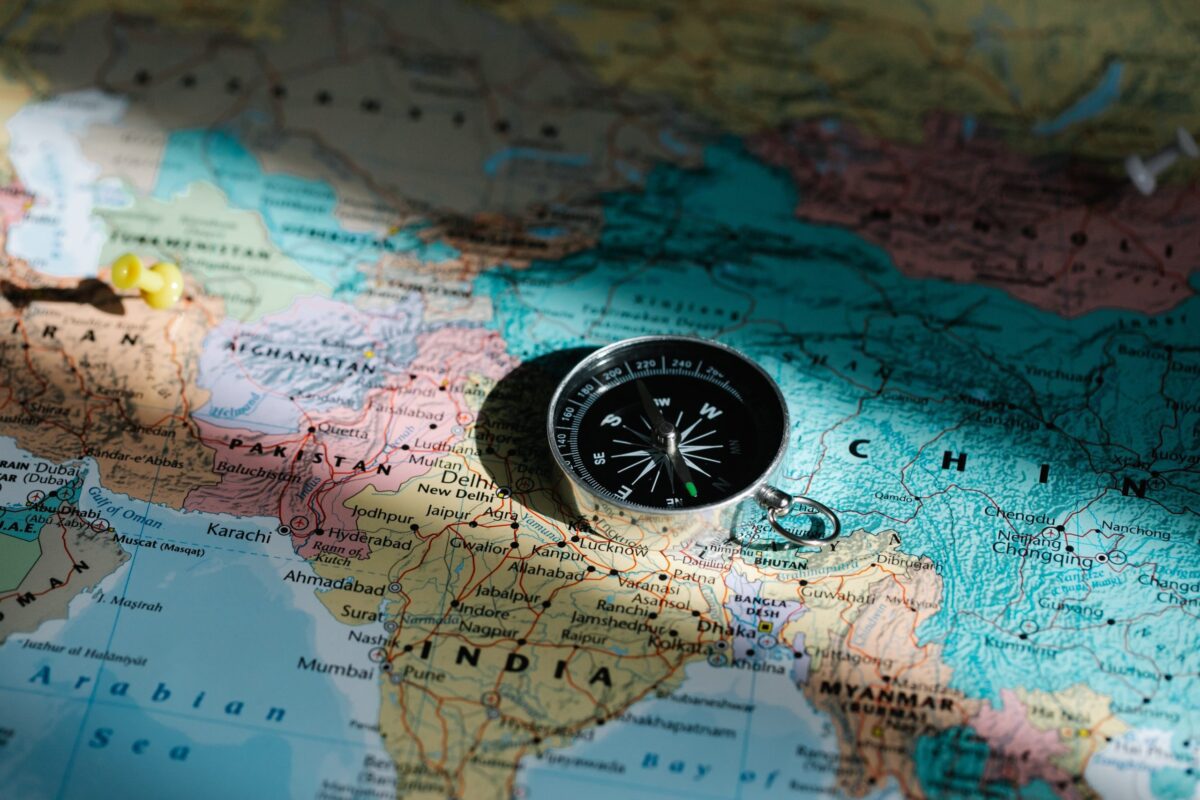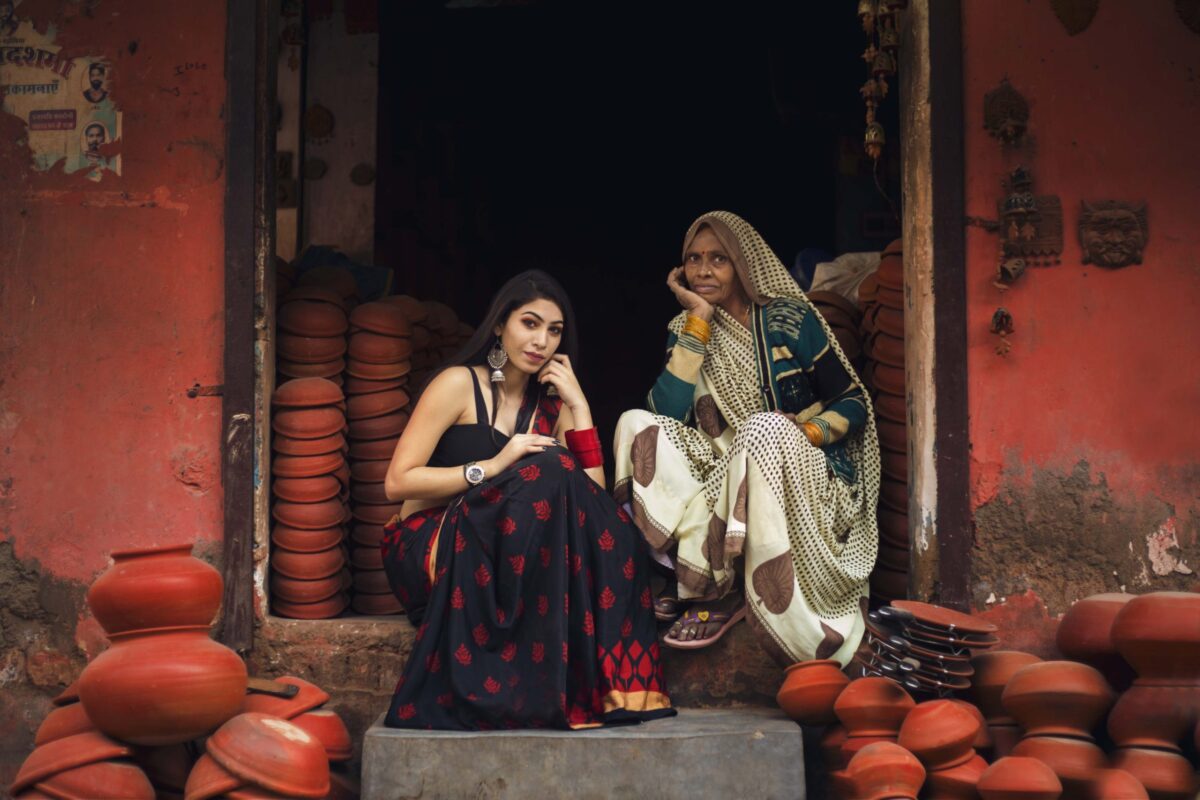Women empowerment in India has come a long way and has seen success, compared to many countries. Women empowerment is a global phenomenon aimed at enabling the betterment of women. Empowerment of women is required from all around the world. The fact that there is a dedicated day – international women’s day for this cause is proof enough of how far we have come in achieving this goal. However, it is a constant process and needs to keep continuing to grow over years.
The saying that if you want to educate society, educate its mothers is so true. Women are responsible for bringing up a child. If a woman is educated, she will educate her child no matter the difficulties she has to face. The right to education act has shown that like food, shelter and water, education is also a basic right which needs to be provided to the people irrespective of sex.
History of Women Empowerment in India
India has a thousand of years old history. Today’s India is a patriarchal society, but many Scholars believe that the pre-Vedic society was matriarchal and women empowerment in India was at its highest. The worship of goddesses can be seen in this era which is continued till the present day. Women in this era were seen to be in control of the social, cultural and political society. Women were most cherished and liberal in this era.
In the Vedic era, women had equal status as men in all aspects of life. They reached great heights in educational, political, cultural, and economic fields. Many women held political positions as equal to men. Women were free to marry according to their choice, and not marrying was also an option for women. Widows could remarry and there were no sati practices (killing of widows).
After the Vedic age, women empowerment in India started declining. They were not allowed to study Veda’s. Marriage and household duties became compulsory for women. Gradually education of women was stopped and evil practices such as child marriages, the purdah system, sati, and dowry came into existence. Many different religions conquered India, they brought with them their beliefs and practices and enforced them on the people. The conditions of women declined with stricter laws. Women were cast off as mere caretakers with no role in socio-economic development.
After the British arrived in India, to some extent women saw an improvement in their status. Not fully, but the British made several laws in favour of women empowerment in India. Here are a few.
- Act prohibiting the practice of sati (in 1850) – abolishing the act of sacrificing widows on the death of their husband.
- The Hindu widow remarriage act, 1856 – Recognizing the women’s right to remarry after her husband’s death.
- The Child Marriage Restraint Act, 1929 – Prohibits marriage of girls below 18 years of age.
- The dissolution of the Muslim marriage act 1939 – enabled women married under Muslim law to ask for a divorce.
In post-British India, many reforms are made for the upliftment and betterment of women. Gender equality is engraved in the Indian constitution. Our constitution not only mentions about equal rights for men and women but also encourages positive discrimination in support of women.
“I measure the progress of a community by the degree of progress which women have achieved. – Dr. B.R.Ambedkar.
Women empowerment in India post Independence.
Every government in the world aims at promoting gender quality and empowering women. After Independence one of the major objectives of the Indian Govt was women empowerment in India and to reduce the gender gap. There are many measures taken by the Indian government for this purpose. In the mid-2000 a ministry dedicated to the empowerment of women and children was set up in India.
The conditions for women are better, and the results have been incredible. Women are no longer confined to their homes. Women have the freedom to work. They are responsible for shaping the social, political and economical aspects of our country. Today, due to women empowerment in India, women have reached great heights and showed everyone that nothing is impossible.
With many reforms brought in post-independence, India has put women on par with men. India has done a better job at empowering its women than many countries in the world. Even a first-world country like the US has not had a women president as its leader to date, whereas India had its first woman, prime minister, as early as 1966. Women empowerment in India led to indian women getting voting rights before the US and some European countries. Even though women empowerment in India has achieved a lot, there is much to do.

Conclusion
India is a land that worships many goddesses, yet their women are not respected. Even today when a girl child is born, many people treat it as a burden to be bored rather than a blessing to be cherished. We are all familiar with how working women are treated in today’s society. A woman can either have a career or a family. If she aspires to have both she must cross abundant hurdles.
Many women surrounding us have quit their jobs because of family pressure. Giving up her financial independence and being forced to be dependent on someone else. Yet there is hope. Women and strong and adamant. When society says that a woman can’t do it, women challenge them and succeed, proving society wrong. Women empowerment in India has a long way to go in achieving equality.










